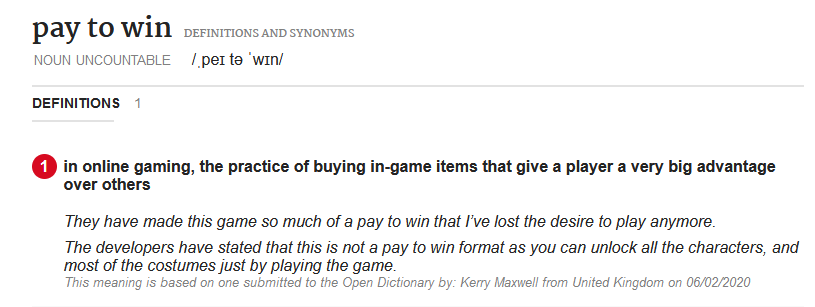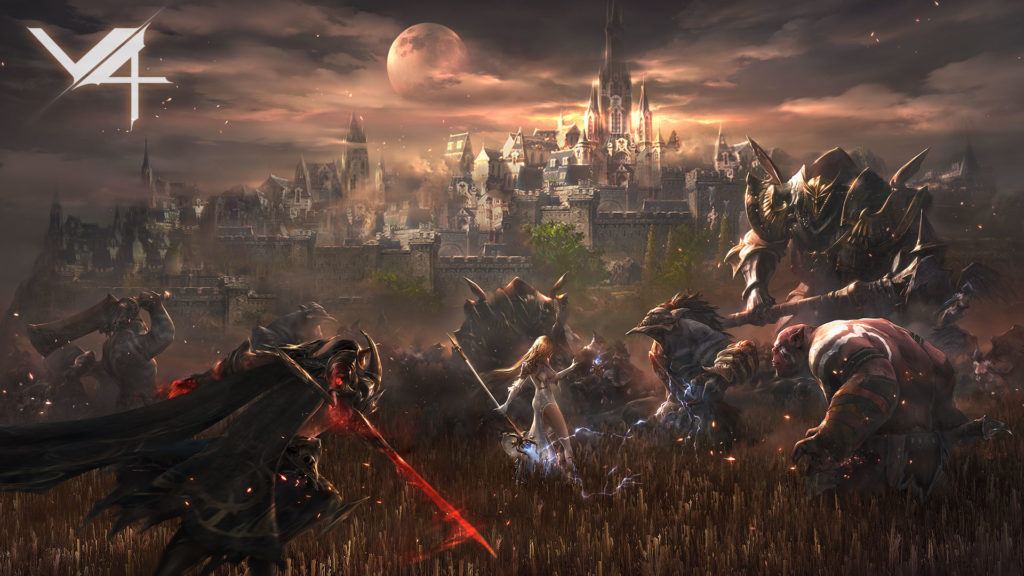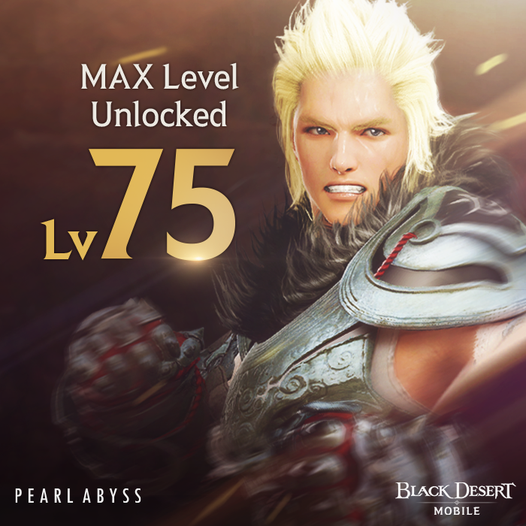The term “Pay to win” (P2W) has become a notorious term in the video game community. This is even more so with the increasing rise of the micro-transactions business model. These types of games can often can be extremely frustrating to play for gamers.
Let’s have a look at what “Pay to Win” means and dive into the subject further to better understand this topic.
What does “Pay to Win” really mean?
Often when asking various other gamers, the definition of “Pay to Win” will widely differ from one person to another. This is totally understandable as every individual has different opinions on the subject depending on their age, experiences, and finances.
To put it in simplest terms, “Pay to Win” refers to the use of money to purchase an advantage that one player may gain over those who do not spend any money. This advantage can be in many forms such as allowing the player to gain power, progress, or more importantly the valuable concept of time. Unfortunately in this regard, there is no fine line to draw as most games today, especially of the mobile genre, have micro-transactions.

This however, does not mean that game titles simply by having micro-transactions are immediately deemed “pay to win”. Most games these days, especially of the multiplayer variety, have micro-transactions such as battle passes, loot boxes, cosmetics, or similar offerings. Many titles that fall under this category often only grant these cosmetic bonuses such as emotes, costumes, or other visual flairs that have no impact on the gameplay mechanics which may provide an unfair advantage.
“Pay to Win” isn’t by any means clear and cut
As mentioned previously, the definition of “pay to win” isn’t by any means drawn on a fine line. Depending on the person you may bring the subject up with, their interpretations of the term may likely vary. Most games are different and their micro-transactions will often vary from title to tile.
Reddit and other similar forums are filled with discussions on the subject of “pay to win” to varying degrees. Some would go as far as simply viewing the matter with the fine line of spending for in-game benefits equates P2W.
While others see it as a varying degree of a gray area where paying is an alternative to playing without spending. Where the latter may not have enough of a fair chance to compete against the former without spending. This is where the matter of balance comes into heated debate among gamers.
While most of the common AAA PC and Console genre’s may have micro-transactions, they are often limited to cosmetics or in the form of early access reskinned content such as common battle pass rewards. On the other hand the mobile marketplace has delved into a harsh copy paste of the micro-transaction format which developers often push heavy cash shop content which often provide players with drastic bonuses that free players may need to spend in often cases time and effort of months to years to compete.
Mobile Games
Mobile games are likely the most notorious of the micro-transaction and commonly dubbed “pay to win” genres. Tiles ranging from games such as Clash of Clans to Nexon’s Heroes of Incredible Tales to Lineage 2 Revolution over the years have highly impacted the progression of the western mobile gaming market model. In almost all of the multiplayer titles of any RPG or leveling scale, gamers will find an available level of “Pay to Win” scaling from micro-transactions.
You can spend gems to buy time in war games or casual sim games. You can spend gems to roll for gear or cosmetics with gameplay bonuses. There are even cash shops which out right sell upgrade equipment that users may need to otherwise painstakingly farm hours or days to collect in order to make a chance based upgrade. This is where the instant gratification can be often seen by big spending players commonly dubbed as “whales” that will often just buy until they are able to upgrade as much as they can to their own personal credit limits they are comfortable with.
Are there any alternatives to Pay to Win?
Games have long since had “extra” content available even in the earliest inceptions of multiplayer MMORPG games such as Mu Online in 2001 which sported the earlier free to play models. At the time, subscription based monetization game titles became popularized such as Ragnarok Online (2002) and World of Warcraft (2004).
This model of monetization quickly shifted over the years with other non AAA title developers focused on the free to play cash shop model. While many games such as Guild Wars over the years have tested the waters on other monetization models, it is without a doubt the quick revenue model most developers today are focused on is with micro-transactions.
The only real alternative for gamers in titles with micro-transactions is for the latter type of player to put up with the pay to win and remain free to play focused. Often of which the ease of this may result in varying compromises such as approaching a more casual game-play without the need for short term gains. Often of which these short term gains will even out through the lifetime of the game as players reach the ranks of what may be considered “end game” content.
What is Free to Play?
Is pay to win worth it?
In most cases as discussed the definition lies in a gray area amongst the gaming community. Often the idea of instant gratification is most satisfying to the individual that is entertaining the thought of going the route of micro-transactions. While to each their own, the often common drawback as to what gamers would term as “whaling out” to P2W in such games is the content limitations. This is most evident in prominent mobile titles of recent years such as games including Black Desert Mobile, V4 Global, Blade and Soul Revolution, and more where players strive to be content leaders of their servers. Then upon which a large update would release and nullify all of their previous spending gains for naught as the new content would make obsolete the older status the players have attained.


